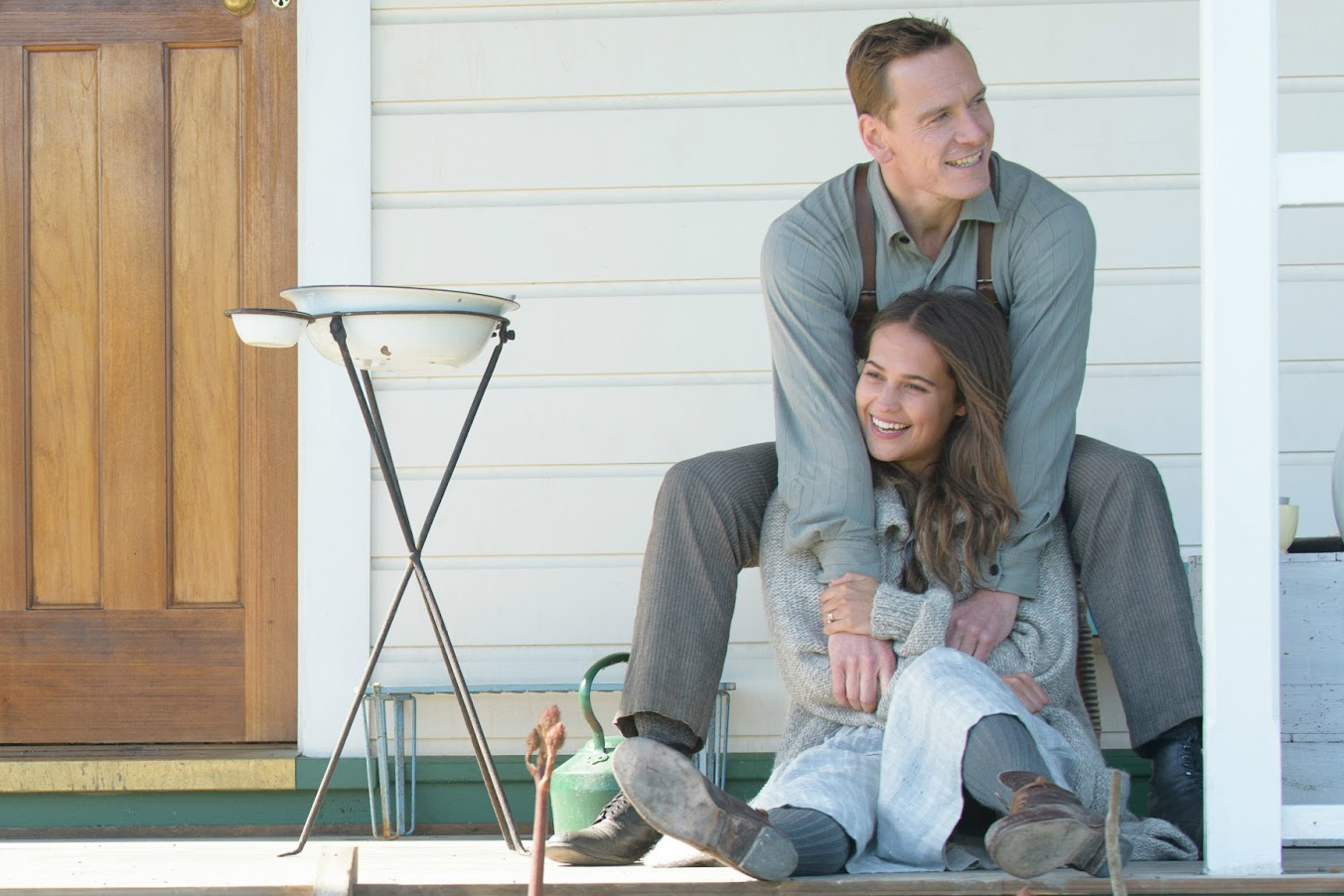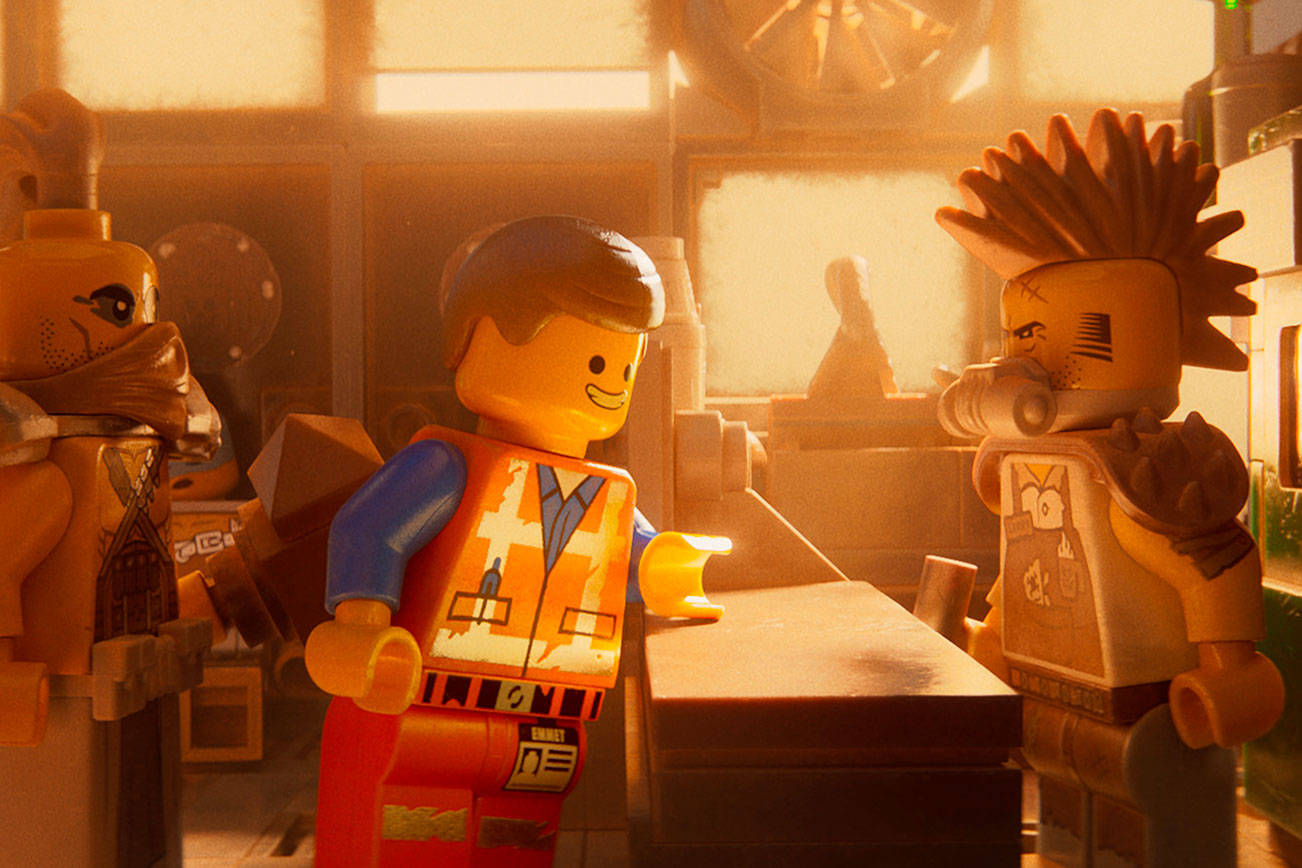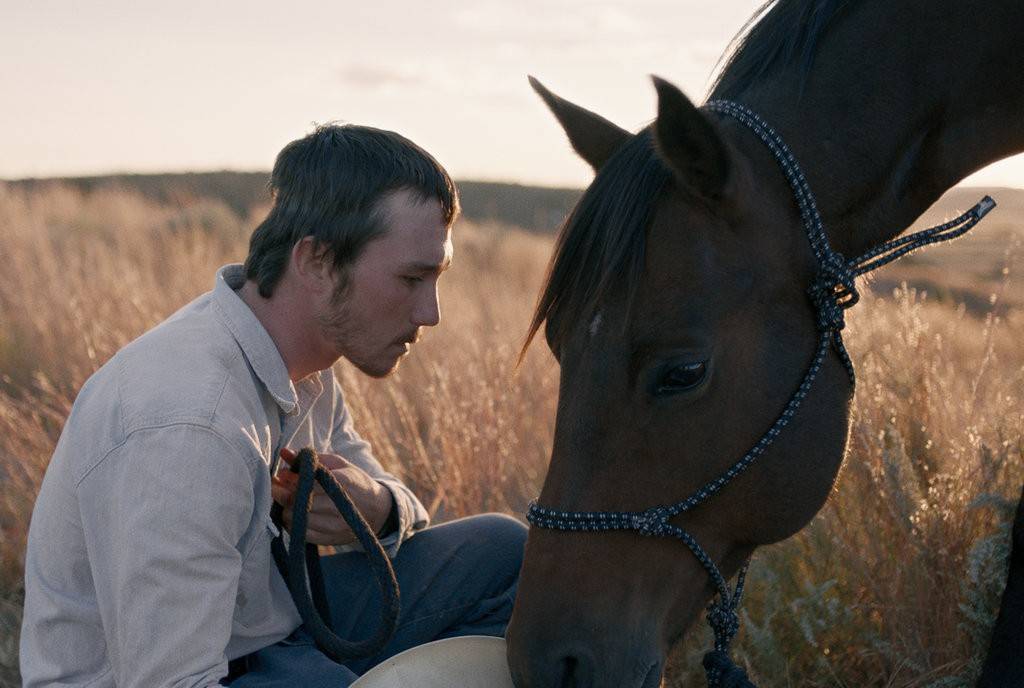From the hamfisted title to the Victorian-era plot machinations, The Light Between Oceans has rich potential to be the kind of insane project that might possibly turn into something great. Consider the elements: Derek Cianfrance, the passionate indie filmmaker who helmed the frowning Blue Valentine and The Place Beyond the Pines, adapts a 2012 novel by Australian writer M.L. Stedman. The story’s twists and turns might make a romance novelist hesitate, but Cianfrance embraces them like the bold swain on a paperback cover. He casts two exceptional actors and strands them together at a remote New Zealand lighthouse during the shoot, encouraging improvisation and identification with their roles (sure enough, the actors began a relationship that continues to this day). The whole endeavor is neither commercial nor hip. Surely something intriguing must come out of this stew?
Well, screen madness is never entirely boring, but The Light Between Oceans never truly finds its voice. Except for some remarkable shots of landscape and sea and the dedicated central performances, this film breaks apart on the rocks of its own nuttiness. Michael Fassbender stars as Tom, a rattled World War I veteran who longs for isolation. That’s how he comes to accept the job as lighthouse-keeper at an otherwise uninhabited island off the Australian coast. Before he ships out, he spots a young woman in the mainland port, Isabel (Alicia Vikander). When we first see her, she’s feeding the birds, an early indicator of her need to nurture things; soon enough, she’s melted shy Tom and is sharing his lighthouse duties as his bride. Their idyll is troubled only by their childlessness.
Like a note stuffed in a bottle by Nicholas Sparks, a dinghy drifts onto shore one day, carrying something that will irrevocably change the lives of the people onscreen. I have no problem going along with melodramatic contrivance, and this particular whopper works for a while because of Alicia Vikander’s utter commitment to the role. When we first meet Isabel, Vikander has her swoop and slide through the emotional register, seemingly without filters. Vikander’s reaction when she realizes that her body has betrayed her a second time is an astonishing piece of acting. After the arrival of the dinghy, Isabel begins to resemble something that’s been kept in a hothouse too long; her emotional immediacy now focuses with feral intensity on the idea of motherhood. It’s a strong turn—it outstrips Vikander’s Oscar-winning role in The Danish Girl—and Fassbender is a wise partner to lie back and let his co-star go after it.
Along with these “it” actors, Cianfrance casts iconic Australians Jack Thompson and Bryan Brown in small roles. The film also features the admirable Rachel Weisz as a mainlander whose destiny is connected to the lighthouse couple. Her character’s contrast to the childlike Isabel is welcome, too. But at a certain point the movie is grounded by its director’s grave approach. Cianfrance measures authenticity in the number of millimeters between his camera and his actors’ faces: the fewer, the realer. The actors spill enough mucus during the big emotional scenes to make you question whether people in 1920 had access to handkerchiefs.
Cianfrance has cited John Cassavetes as one of his directing heroes, and he’s into a similarly intense exploration of human emotional life, partnered with adventurous actors (you can see some improvising around the edges). That’s a legit approach. But that style might live better in an intimate indie than an old-fashioned melodrama. It’s actually when Cianfrance pulls back, to set his people against the stunning background, that the movie finds real beauty. The wind skidding across the sea, the plainness of the lighthouse interiors—these are more convincingly dramatic than the secrets and lies of the plot. If the rest of the film had been as ambiguously staged as an afternoon picnic between Tom and Isabel (here still in the courtship phase), the two surrounded by end-of-the-world ruggedness, the skies slate-gray—a picnic fit for the gloom of Wuthering Heights—it might have found a way to connect these people more voluptuously to the world around them.
film@seattleweekly.com






